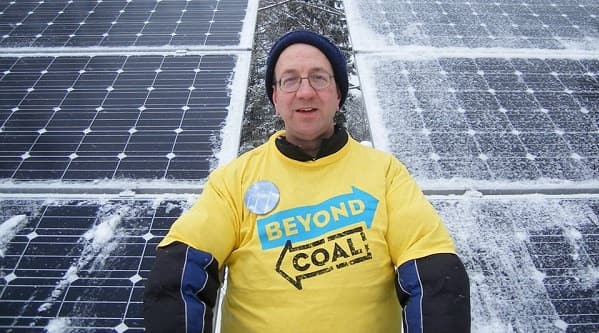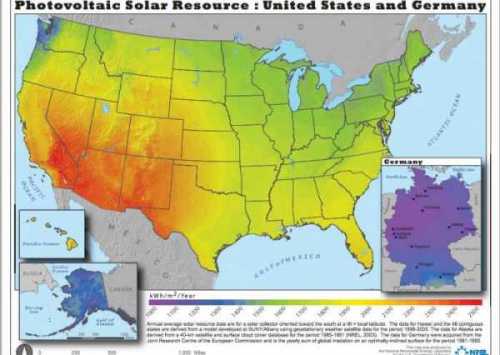Let the sun pay your electric bill: the financial benefits of going solar

Since we’re still new to Pennsylvania, we wanted to offer some helpful tips for those still being introduced to solar. This will be the start of a continuing series on solar basics—including economics, technology, and policy. Today, we wanted to start with your bottom line.
Going solar is an investment that will save you money. This is one of the most powerful reasons why thousands of homeowners and small businesses in Pennsylvania have already made the switch. One of these converts, Fred Kraybill, lives in Pittsburgh and has installed enough solar to power his entire home. “Paying an electric bill for 20 years is like paying rent on an apartment. You have very little to show for it after 20 years,” says Kraybill. “Installing solar is an investment that can pay off in 7 to 14 years depending on where you live. After the solar is paid off you have free electricity for the life of the panels.”
Solar can work even in our cloudy, rainy state. Germany is further north and far less sunny than Pennsylvania (see map below) yet generates far more of its energy from solar than we do. And, while we don’t have the kind of year-round sunshine that a state like Arizona enjoys, our colder climate actually makes solar panels more efficient, since excessive heat inhibits their ability to convert sun light into electricity.

There are three main ways that solar helps you save:
- Every watt-hour of solar that you generate is a watt-hour that you don’t have to pay for from your utility, and in a state like ours that has higher-than-average electricity costs rising at about 2% each year, that’s no small change.
- When you generate more electricity than you use, your utility is required to buy that power back from you thanks to a policy called net metering.
- Every 1,000 kilowatt-hours (or 1 megawatt-hour) of electricity that you generate from solar earns you a solar renewable energy credit, or SREC, which can be sold for cash. While the Pennsylvania SREC market is currently very low ($9 as of March 2018), recent actions taken to close the state’s SREC market should work to moderately boost the price. Future policy changes will need to be made before the SREC market in the Keystone state provides as much value to solar owners as other jurisdictions.
While the upfront investment of switching to solar can be significant, this cost keeps falling every year as solar technology improves. And, though it’s scheduled to decline at the end of 2019, the Investment Tax Credit currently gives you a nice 30% discount on your solar installation.
So how does the math pencil out for a typical Pennsylvania homeowner? We estimated the numbers for a sample cash purchase in the graphic below. Keep in mind that the most accurate estimate of the financial potential of going solar will come from an installer analyzing your home’s physical attributes and energy usage. You can also calculate your own estimate using the PVWatts Tool. Note that for each system size, this hypothetical homeowner will not only pay for their system, but eventually realize thousands of dollars in net profit by the end of the typical 25-year lifespan of their solar panels.

There are other ways to pay for solar besides a single cash purchase. See our guides on financing and power-purchase agreements/solar leases for more information.
